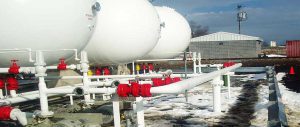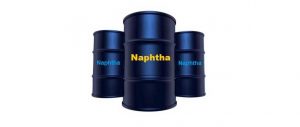Liquefied natural gas is a natural gas that is temporarily liquefied for storage or transportation in large volumes.
Aluminum contains mostly methane (more than 90%) and small amounts of ethane, propane, butane and some other heavy alkanes. The refining process can be designed in such a way that the final product produced contains 100% methane.
The generator has a volume equal to 1/600 of the volume of natural gas in the gaseous state. Liquefied petroleum gas is odorless, colorless, non-toxic and non-corrosive. Hazards that this gas can pose include flare-ups, freezing and suffocation. The energy density of electricity is 60% of diesel fuel.
The condensate process involves the removal of certain compounds such as dust, acid gases, helium, water, and heavy hydrocarbons that interfere with the flow during the downstream (gas transfer in the pipes). After removing the above, the natural gas is cooled to a pressure equal to atmospheric pressure and a temperature of -162 ° C. (Maximum gas pressure for transmission applications is 25 kPa or 3.6 psi).
Reducing gas volumes when pipelines are not available saves money on long distances. In cases where the transmission of natural gas via pipeline is not economical or operational, it may be carried by specially designed natural liquefied natural gas vessels or road tankers.
In consumer markets, electricity is gassed again. The vapor density varies from approximately 0.41 to 0.5 kg / l, which is a function of temperature, pressure and composition. The temperature of the heating at the highest level, at -164 degrees Celsius, reaches 24 megajoules per liter. The minimum energy heating rate is 21 megajoules per liter.
T.G.P Media



